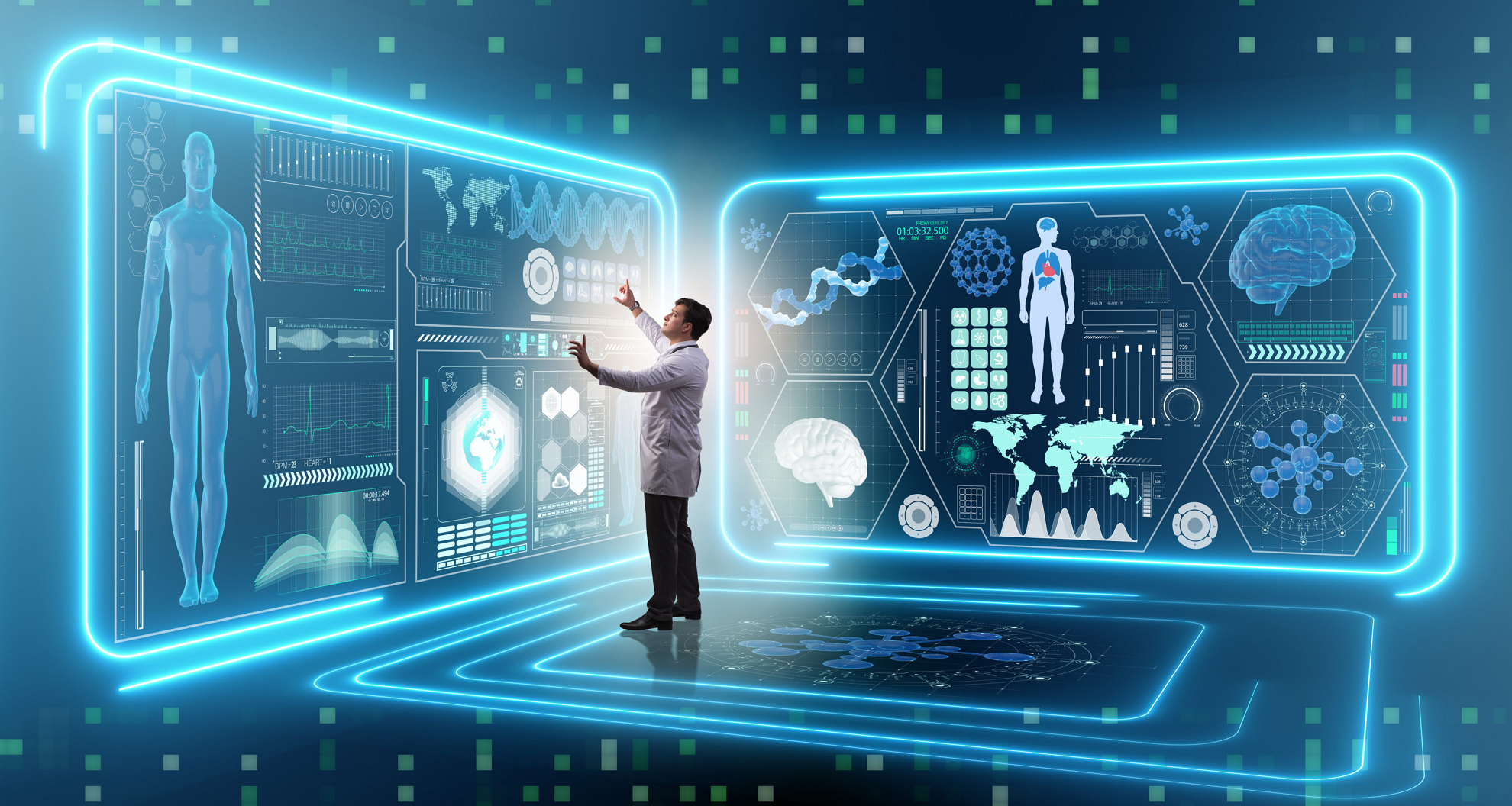Healthcare provider organizations are dealing with larger volumes of information than ever before, which has led to a growing adoption of clinical decision support (CDS) technology. The hope is that CDS tools can be used to parse information and alert the care team to the key details. In addition, the growing viability of machine learning and artificial intelligence could forever change clinical decision support tools and diagnostics as a whole. Radiology, imaging, and pathology are three areas that are likely to benefit from these new technologies.
What does the future hold for clinical decision support and how can healthcare provider organizations better prepare for it? Let’s take a closer look at where this industry is headed.
AI-Driven Analytics
If it hasn’t started already, the industry will soon see an increasing investment in artificial intelligence-driven analytics and tools. Older clinical decision support systems are going to be replaced by service-oriented systems that are designed to be compatible with as many interfaces as possible. These new systems will come with the added benefits of improved analytics, reduced risk, and reduced alert fatigue.
In order to be sustainable, clinical decision support must be imbued with reliable information. AI-driven tools will benefit human clinicians, prescription drug support, and diagnostic decision making. These tools will also integrate CDS into EHR workflows.
Where will this reliable information come from? Electronic health records, medical equipment, customers and their wearable devices, and a variety of other sources.
Using Health Data Intelligently
Technology doesn’t change overnight. As clinical decision support technology evolves, some changes can be made now in the short-term while others will be implemented in the future or over a longer period of time. In its current state, clinical decision support has a number of issues and limitations. Alert fatigue is often cited, but the time and high cost associated with delivering alert content and keeping it current is also up there.
Integrating content is a short-term goal that can be achieved to more intelligently use health data and support the entire care team including nurses, physicians, and anyone who happens to be taking care of the patient. Instead of sticking with alerts, the focus should be on comprehensive content throughout the clinical workflow, resulting in better decision making and improved quality of care.
To fully realize the benefits of analytics, the patient pathway must intersect with the provider pathway and the available information should be in harmony. Healthcare organizations must give patients the same content it gives to providers, but in a manner that makes sense to and works for them.
A more long-term goal for clinical decision support is to learn from gathered data and use it to make better informed decisions.
Evidence-Based Decision Making
Patients shouldn’t have to deal with a one-size-fits-all type of care. Next generation clinical decision support tools will come from a system that understands what does and does not work for patients and their providers to ultimately provide better care. When physicians are able to access the necessary resources to make personalized care decisions, clinical effectiveness can be optimized.
How will artificial intelligence play a part in all of this? It will likely be used to analyze data in electronic health records to improve decision making. Nurses, pharmacists, physicians, and others will all benefit from this technology.
How Analytics and Data are Influencing Clinical Decision Support Tools
